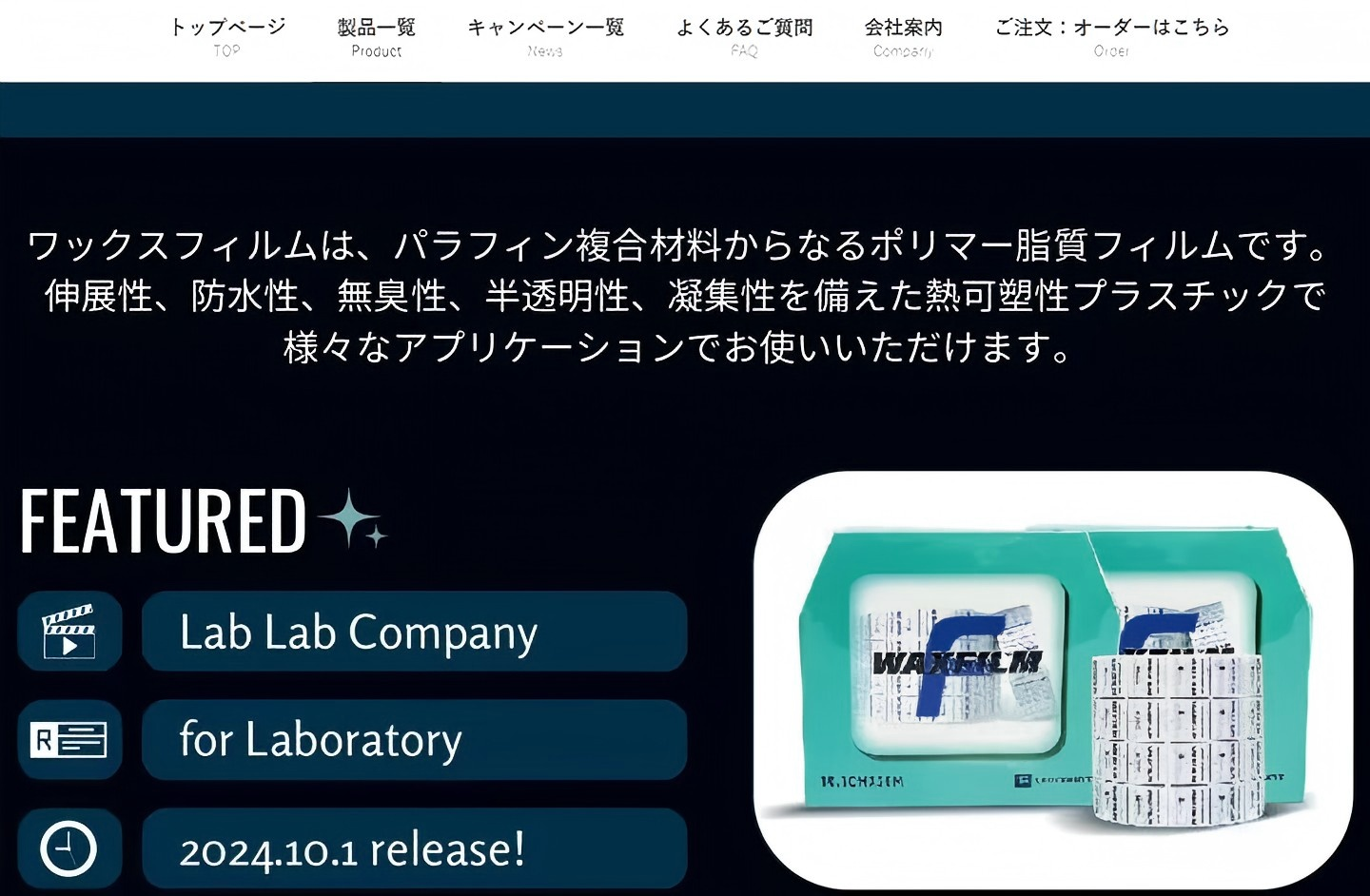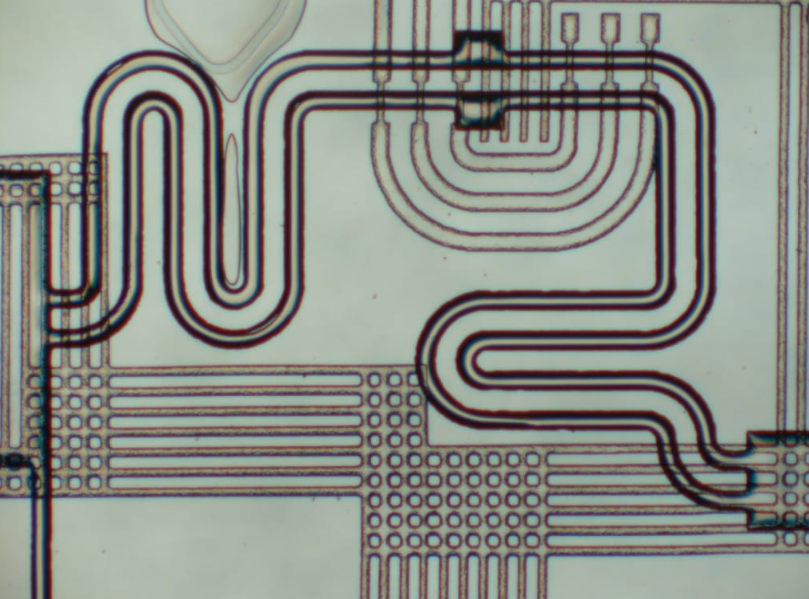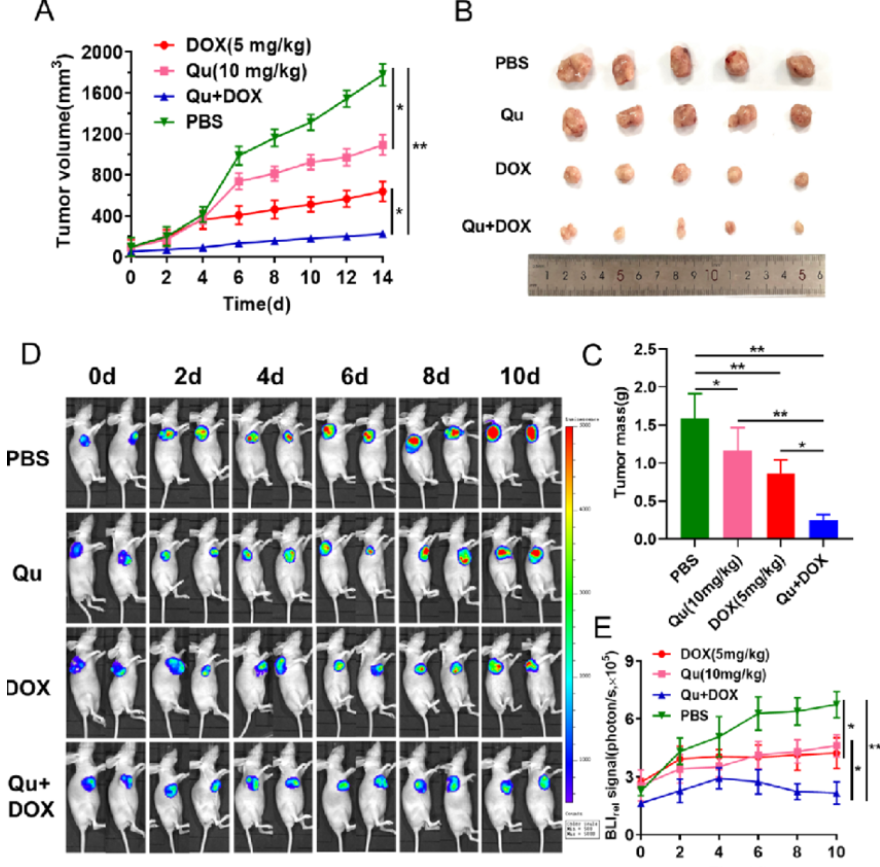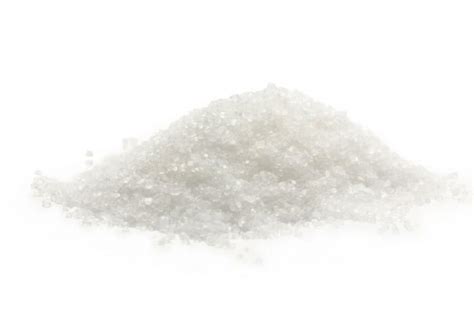
-
CEF3
- names:
CEF3
- CAS号:
199727-62-3
MDL Number: - MF(分子式): C42H74N10O12 MW(分子量): 911.1
- EINECS: Reaxys Number:
- Pubchem ID:146157902 Brand:BIOFOUNT
| 货品编码 | 规格 | 纯度 | 价格 (¥) | 现价(¥) | 特价(¥) | 库存描述 | 数量 | 总计 (¥) |
|---|---|---|---|---|---|---|---|---|
| YZM000750-5mg | 5mg | >97.0% | ¥ 4860.00 | ¥ 4860.00 | Backorder | ¥ 0.00 | ||
| YZM000750-1mg | 1mg | >97.0% | ¥ 1170.00 | ¥ 1170.00 | 2-3天 | ¥ 0.00 |
| 中文别名 | CEF3(199727-62-3);SER-ILE-ILE-PRO-SER-GLY-PRO-LEU-LYS; |
| 英文别名 | CEF3(199727-62-3);SIIPSGPLK;CEF3;INFLUENZA VIRUS M1 (13-21);H-SER-ILE-ILE-PRO-SER-GLY-PRO-LEU-LYS-OH;SER-ILE-ILE-PRO-SER-GLY-PRO-LEU-LYS;CEF3, Influenza Virus M1 (13-21); |
| CAS号 | 199727-62-3 |
| SMILES | CCC(C)C(C(=O)NC(C(C)CC)C(=O)N1CCCC1C(=O)NC(CO)C(=O)NCC(=O)N2CCCC2C(=O)NC(CC(C)C)C(=O)NC(CCCCN)C(=O)O |
| Inchi | InChI=1S/C42H74N10O12/c1-7-24(5)33(49-35(56)26(44)21-53)40(61)50-34(25(6)8-2)41(62)52-18-12-15-31(52)39(60)48-29(22-54)36(57)45-20-32(55)51-17-11-14-30(51)38(59)47-28(19-23(3)4)37(58)46-27(42(63)64)13-9-10-16-43/h23-31,33-34,53-54H,7-22,43-44H2,1-6H3,(H,45,57)(H,46,58)(H,47,59)(H,48,60)(H,49,56)(H,50,61)(H,63,64) |
| InchiKey | ZTJURUPAUNLCRP-UHFFFAOYSA-N |
| 分子式 Formula | C42H74N10O12 |
| 分子量 Molecular Weight | 911.1 |
| 闪点 FP | |
| 熔点 Melting point | No data available |
| 沸点 Boiling point | No data available |
| Polarizability极化度 | |
| 密度 Density | No data available |
| 蒸汽压 Vapor Pressure | |
| 溶解度Solubility | |
| 性状 | Solid |
| 储藏条件 Storage conditions | 请根据产品建议的存储条件进行存储,Please store the product under the recommended condition sin the description. |
CEF3(199727-62-3,SIIPSGPLK)实验注意事项:
1.实验前需戴好防护眼镜,穿戴防护服和口罩,佩戴手套,避免与皮肤接触。
2.实验过程中如遇到有毒或者刺激性物质及有害物质产生,必要时实验操作需要手套箱内完成以免对实验人员造成伤害
3.实验后产生的废弃物需分类存储,并交于专业生物废气物处理公司处理,以免造成环境污染Experimental considerations:
1. Wear protective glasses, protective clothing and masks, gloves, and avoid contact with the skin during the experiment.
2. The waste generated after the experiment needs to be stored separately, and handed over to a professional biological waste gas treatment company to avoid environmental pollution.
Tags:CEF3试剂,CEF3杂质,CEF3中间体,CEF3密度,CEF3闪点,CEF3熔点,CEF3旋光度,CEF3溶解度,CEF3购买,CEF3 MSDS,
| 产品说明 | CEF3(199727-62-3,SIIPSGPLK)对应于甲型流感病毒M1蛋白的13-21个氨基酸序列。 |
| Introduction | CEF3(199727-62-3,SIIPSGPLK)corresponds to aa 131 of the influenza A virus M1 protein. |
| Application1 | CEF3(199727-62-3,SIIPSGPLK)The matrix (M1) protein of influenza A virus is a multifunctional protein that plays essential structural and functional roles in the virus life cycle. |
| Application2 | CEF3(199727-62-3,SIIPSGPLK)中甲型流感病毒M1蛋白是一种多功能蛋白质,在病毒生命周期中起着重要的结构和功能作用。 |
| Application3 |
CEF3(199727-62-3,SIIPSGPLK)药理学:
1、甲型流感病毒的基质(M1)蛋白是一种多功能蛋白,在病毒的生命周期中起着至关重要的结构和功能作用。它驱动病毒出芽,是病毒体的主要蛋白质成分,在其中形成病毒包膜和整合膜蛋白与基因组核糖核蛋白(RNP)之间的中间层。它还有助于控制RNP的细胞内运输。这些作用主要是通过蛋白质与病毒以及可能与细胞蛋白质的相互作用来介导的。流感病毒M1是诱导vRNP核输出所必需的,但细胞磷酸化是另一个因素。流感病毒M1蛋白是病毒生命周期中晚期事件的基础-vRNP从细胞核转移到细胞质。
2、CEF3(SIIPSGPLK)对应于甲型流感病毒M1蛋白的aa 13-21。甲型流感病毒的基质(M1)蛋白是一种多功能蛋白,在病毒的生命周期中起着至关重要的结构和功能作用。
| 警示图 | |
| 危险性 | warning |
| 危险性警示 | Not available |
| 安全声明 | H303吞入可能有害+H313皮肤接触可能有害+H2413吸入可能对身体有害 |
| 安全防护 | P264处理后彻底清洗+P280戴防护手套/穿防护服/戴防护眼罩/戴防护面具+P305如果进入眼睛+P351用水小心冲洗几分钟+P338取出隐形眼镜(如果有)并且易于操作,继续冲洗+P337如果眼睛刺激持续+P2393获得医疗建议/护理 |
| 备注 | 实验过程中防止吸入、食入,做好安全防护 |
| Noton SL, et al. Identification of the domains of the influenza A virus M1 matrix protein required for NP binding, oligomerization and incorporation into virions. J Gen Virol. 2007 Aug;88(Pt 8):2280-9 |
| Bui M, et al. Role of the influenza virus M1 protein in nuclear export of viral ribonucleoproteins. J Virol. 2000 Feb;74(4):1781-6. |
1、Role of the influenza virus M1 protein in nuclear export of viral ribonucleoproteins
M Bui 1, E G Wills, A Helenius, G R Whittaker
Abstract The protein kinase inhibitor H7 blocks influenza virus replication, inhibits production of the matrix protein (M1), and leads to a retention of the viral ribonucleoproteins (vRNPs) in the nucleus at late times of infection (K. Martin and A. Helenius, Cell 67:117-130, 1991). We show here that production of assembled vRNPs occurs normally in H7-treated cells, and we have used H7 as a biochemical tool to trap vRNPs in the nucleus. When H7 was removed from the cells, vRNP export was specifically induced in a CHO cell line stably expressing recombinant M1. Similarly, fusion of cells expressing recombinant M1 from a Semliki Forest virus vector allowed nuclear export of vRNPs. However, export was not rescued when H7 was present in the cells, implying an additional role for phosphorylation in this process. The viral NS2 protein was undetectable in these systems. We conclude that influenza virus M1 is required to induce vRNP nuclear export but that cellular phosphorylation is an additional factor.
2、Identification of the domains of the influenza A virus M1 matrix protein required for NP binding, oligomerization and incorporation into virions
Sarah L Noton 1, Elizabeth Medcalf, Dawn Fisher, Anne E Mullin, Debra Elton, Paul Digard
Abstract The matrix (M1) protein of influenza A virus is a multifunctional protein that plays essential structural and functional roles in the virus life cycle. It drives virus budding and is the major protein component of the virion, where it forms an intermediate layer between the viral envelope and integral membrane proteins and the genomic ribonucleoproteins (RNPs). It also helps to control the intracellular trafficking of RNPs. These roles are mediated primarily via protein-protein interactions with viral and possibly cellular proteins. Here, the regions of M1 involved in binding the viral RNPs and in mediating homo-oligomerization are identified. In vitro, by using recombinant proteins, it was found that the middle domain of M1 was responsible for binding NP and that this interaction did not require RNA. Similarly, only M1 polypeptides containing the middle domain were able to bind to RNP-M1 complexes isolated from purified virus. When M1 self-association was examined, all three domains of the protein participated in homo-oligomerization although, again, the middle domain was dominant and self-associated efficiently in the absence of the N- and C-terminal domains. However, when the individual fragments of M1 were tagged with green fluorescent protein and expressed in virus-infected cells, microscopy of filamentous particles showed that only full-length M1 was incorporated into budding virions. It is concluded that the middle domain of M1 is primarily responsible for binding NP and self-association, but that additional interactions are required for efficient incorporation of M1 into virus particles.
- 相关产品
-
< >
- 推荐产品
-
< >
- 最新产品
-
< >
新闻

怎么做细胞爬片免疫组化染色实验
细胞爬片免疫组化染色,是通过细胞爬片是让玻片浸在细胞培养基内,细胞在玻片上生长,主要用于组织学,免疫组织化学...
2020/7/20 22:04:33

提取病毒RNA的实验方法
提取病毒RNA方法分别有:异硫氰酸胍的提取病毒RNA方法、TRIzol LS提取法、Trizol法提取法等等...
2020/7/22 20:29:26

9月开学季——助研新学期 范德送好礼
2025/8/28 15:30:55

Waxfilm 实验室封口膜:技术与国际市场的双重突破
在实验室耗材领域,封口膜是保障实验准确性与稳定性的关键产品之一。近年来,Waxfilm?实验室封口膜凭借其卓...
2025/5/13 13:03:40

Waxfilm实验室封口膜的5大突破
Waxfilm实验室封口膜作为生物功能膜领域的国产技术突破和品牌突破,是生物领域中国技术发展的缩影。
2025/5/6 17:02:07

各种微流控芯片键合方法的优缺点
微流控芯片键合:目前主要有激光焊接、热压键合、胶键合、超音波焊接,每种方法都有各自的优缺点。本文主要介绍聚酯...
2023/7/28 10:43:09

新一代微流控键合解决方案
微流控键合解决方案:微流控芯片制造的一个重要环节,也是最容易被忽视的--芯片键合。其中一个重要因素是:微流控...
2023/7/27 12:44:28

荧光素钾盐使用说明
D-荧光素钾盐(K+)设计用于体外和体内生物发光测定。D-荧光素的质量和纯度对于获得良好和可重复的结果至关重...
2023/7/20 11:05:11

如何选BSA(牛血清白蛋白)
如何选BSA(牛血清白蛋白):牛血清白蛋白(BSA)有多种形式,如何选择适合自己的牛血清白蛋白(BSA)是一...
2023/2/14 13:09:18

牛血清白蛋白(BSA)常见问题
牛血清白蛋白(BSA)常见问题:牛血清白蛋白(BSA)在实验室中是通用的,可用于蛋白质印迹、细胞组织培养、P...
2022/10/19 9:39:51




 购物车
购物车 



